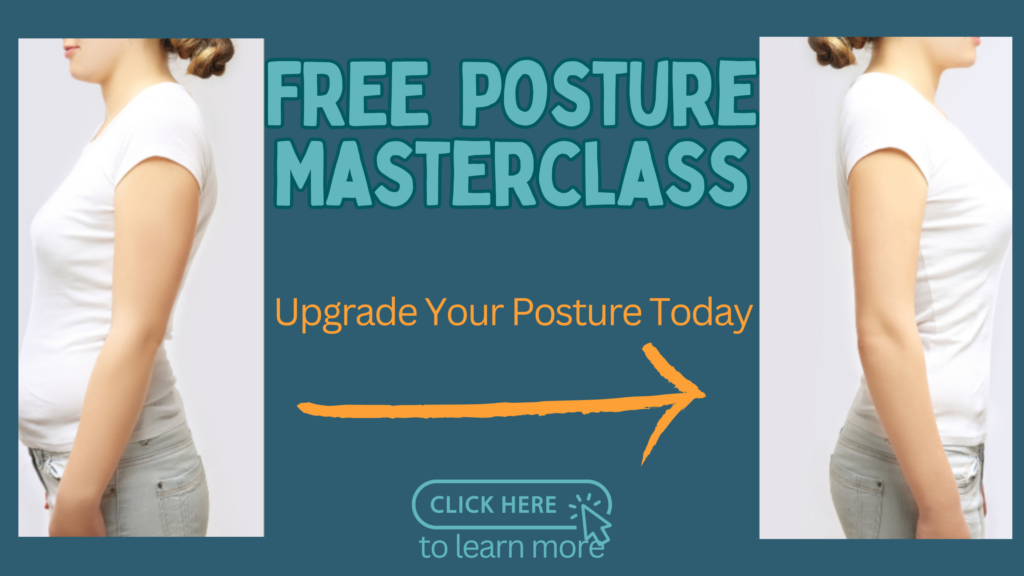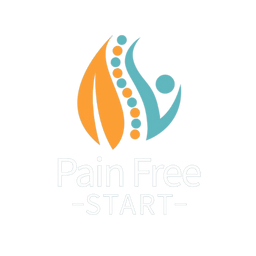Introduction
A walking stick (also known as a cane) can be a game-changer for those dealing with pain, balance issues, or reduced mobility. When used correctly, a walking stick provides support, stability, and confidence while walking.
I see the benefits every day with my patients. However, choosing the right stick and adjusting it properly is crucial for maximum comfort and support.
In this blog, we’ll cover:
✔ What to consider when buying a stick
✔ How to set it to the correct height
✔ How to walk with it properly
✔ Top tips for safe and effective use
What to Consider When Buying a Walking Stick
1. Type of Stick
There are several types of walking sticks, each designed for different needs:
- Standard Stick – A single-tip cane, lightweight and ideal for mild support.
- Foldable Stick – Great for travel, easy to store when not in use.
- Quad Stick – Features four tips for extra stability.
- Offset Stick – Designed with an ergonomic handle to reduce wrist strain.
Top Tip: If you need more support, consider a quad stick for extra stability.
2. Material
Walking sticks come in various materials:
- Wood – Traditional and stylish, but can be heavier.
- Aluminium/Metal – Lightweight and durable.
- Carbon Fibre – Ultra-light yet strong, but more expensive.
Top Tip: If you need to carry your stick around, go for carbon fibre or lightweight aluminium.
3. Handle Type
Choosing the right handle is essential for comfort:
- Crook Handle – Classic design, easy to hook onto the arm.
- T-Handle – Offers a firm, balanced grip.
- Ergonomic Handle – Best for those with arthritis or wrist pain.
Top Tip: If you have arthritis or weak hands, an ergonomic handle will reduce strain.
4. Ferrule (Tip of the Stick)
The ferrule (rubber tip at the bottom) is crucial for grip and stability.
- Standard Rubber Tip – Provides good traction on most surfaces.
- Ice Grip Tip – Offers extra stability in icy or wet conditions.
- Pivoting Tip – Moves with your stride for a more natural feel.
Top Tip: Check the ferrule regularly for wear and replace it if needed to prevent slips.
How to Adjust a Walking Stick to the Correct Height
Using a walking stick at the wrong height can cause more harm than good, leading to poor posture, pain, and reduced effectiveness.
Follow these 3 simple steps to get the perfect height:
- Stand up straight with arms relaxed at your sides.
- Place the stick next to your side, with the tip resting on the ground.
- Adjust the stick so the handle is level with your wrist crease.
Top Tip: If your shoulder feels raised or you lean over, your stick is too high or too low.
How to Walk with a Stick – Correct Sequence
Walking with a stick correctly can make a huge difference in pain relief and balance.
If using ONE stick
Hold it in your GOOD hand, not the injured side! (This feels counterintuitive but provides the best support.)
- Move the stick forward about 30cm.
- Step forward with your bad leg.
- Follow with your good leg.
TOP TIP – Want more balance? Try moving the stick and bad leg together—this is a more natural walking pattern.
If using TWO sticks
You have two walking patterns to choose from:
3-Point Gait
Move both sticks forward together, then step with your bad leg, followed by your good leg.
Reciprocal Gait
Move opposite stick and opposite leg together. (This looks more like a natural marching movement.)
Top Tip: If you’re new to using sticks, start with the 3-point gait, then progress to the reciprocal gait for a more advanced walking pattern.
Tips for Using a Walking Stick Safely
✔ Keep the stick close to your body to maintain balance.
✔ Check the ferrule/tip regularly for signs of wear and replace if needed.
✔ Practice at home before using the stick in public places.
✔ Use a wrist strap if you often drop your stick.
✔ Take your time on uneven ground—small steps are safer.
Struggling with Pain & Mobility?
I Can Help!
If you’re dealing with pain, arthritis, or injury, I have a range of Online Treatment Programs designed to help you resolve pain and regain mobility—quickly and effectively!
Programs Available:
✔ Achilles Tendinopathy – £79
✔ Plantar Fascia Pain – £79
✔ Arthritic Knee – £99
✔ Back Pain – £99
Not Injured but Feeling Stiff?
✔ Pain Free BODY – £99 (Includes a Full Body MOT & Movement Plan!)

TOP TIP – Join my FREE Posture Masterclass. Click to learn how to UPGRADE your posture TODAY.
Conclusion:
Walk with Confidence & Comfort
Using a walking stick correctly can reduce pain, improve balance, and restore confidence in your movement.
✔ Choose the right stick based on type, material, handle, and ferrule.
✔ Set it to the correct height—the handle should be at wrist level when standing straight.
✔ Use the correct walking sequence—stick first, then bad leg, then good leg.
✔ Check your stick regularly to ensure it’s safe and effective.
With the right walking aid and proper technique, you’ll be back walking comfortably and pain-free in no time!
Need expert guidance? Reach out today—I’d love to help!
Take care, Helen
Helen Manders BSc (Hons) MCSP HCPC
Chartered Physiotherapist Since 2001
If you would like my help. Click to find out how I can support you.




